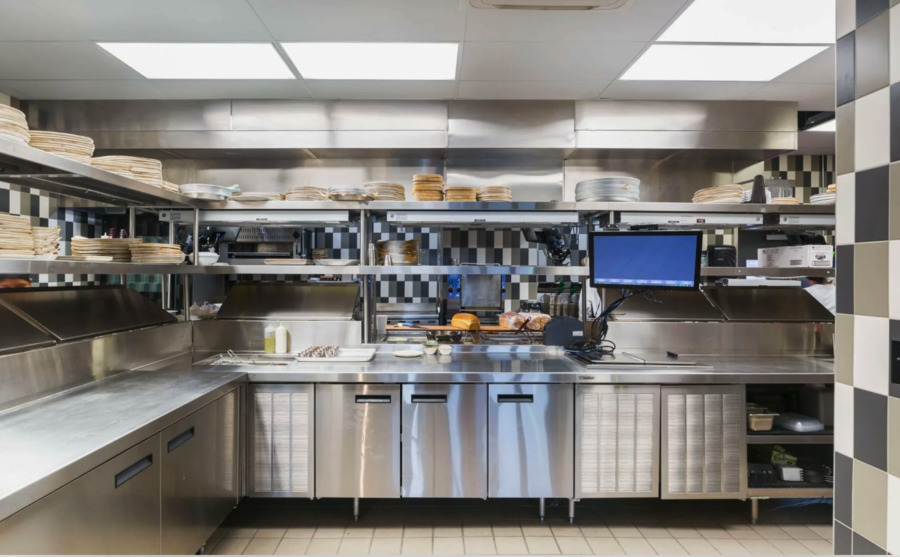The design of kitchen tools is a crucial component that enhances culinary efficiency and sparks creativity within the kitchen. Each region’s unique culinary traditions have a profound impact on the types of equipment used by chefs and culinary enthusiasts alike. Understanding this relationship offers valuable insights into both the preparation of regional dishes and the development of commercial kitchen equipment.
Definition of Key Terms
The term “local cuisine” refers to traditional dishes unique to a particular region and strongly anchored in the cultural heritage and resources accessible in that area. The process of designing kitchen equipment involves creating tools and appliances that are not only functional but also maximize the cooking experience, depending on the specific requirements of the place where the kitchen is located.
Historical Context
The progression of kitchen appliances demonstrates ingenuity on the part of humans. It is true that every piece of kitchen equipment, from the most basic implements made from natural materials to the most advanced gadgets found in modern kitchens, has a history connected to its functions in the kitchen. The cooking techniques and nutritional preferences of the regions from which traditional cooking implements, such as the Chinese wok and the Indian tandoor, have affected the development of these equipment over the course of several centuries.

Impact of Local Ingredients on Equipment Design
Local ingredients are often the primary drivers behind the innovation in kitchen tool design. For example, the need to grind tough spices in Indian cuisine led to the development of the heavy stone mortar and pestle, an essential tool in many Indian kitchens. Similarly, the molcajete, a version of the mortar and pestle crafted from volcanic rock, is central to Mexican kitchens, designed to grind corn and spices.
Culinary Techniques and Equipment Design
Cooking techniques directly influence the design and functionality of kitchen tools. In French cuisine, the precise art of pastry making necessitates equally precise tools such as silicone baking mats and precision pipettes. Japanese cuisine requires extremely sharp knives for sushi making, tailored to handle delicate fish and precise cuts with accuracy.
Cultural Significance and Equipment Aesthetics
The design of kitchen equipment often reflects the cultural significance of food preparation. In Italy, pasta machines are not merely functional but are often designed with a sleek, aesthetic appeal that reflects the art of pasta making. These designs not only perform a function but also pay homage to the cultural importance of pasta in Italian society.
Geographical Considerations in Equipment Design
The design of kitchen utensils considers environmental aspects. In humid environments, non-corrosive materials are vital for ensuring longevity and maintaining hygiene. Taking advantage of the limited space available in urban Japanese homes has resulted in the creation of space-saving kitchen appliances, which are essential for making the most of limited areas.

Innovation and Modification Adaptations
The incorporation of contemporary technology into conventional equipment designs has resulted in the opening of new doors to boost both usefulness and efficiency. For instance, computerized temperature controls in ovens can simulate the extreme heat of a traditional tandoor oven, enabling restaurants all over the world to provide authentic Indian bread.
Conclusion
Exploring how local cuisines influence kitchen equipment design reveals a significant interaction between cultural practices and technological innovation. As regions continue to uphold their culinary traditions, the design of kitchen tools evolves to meet these enduring practices with new efficiencies. Acknowledging these diverse culinary needs is crucial for suppliers such as Kitchen Warehouse and restaurateurs. Designing equipment that respects local culinary traditions can enhance the dining experience, offering authenticity that resonates with patrons.

Basketball fan, risk-taker, guitarist, Vignelli fan and fullstack designer. Doing at the crossroads of design and function to craft delightful brand experiences. Let’s make every day A RAZZLE-DAZZLE MUSICAL.
